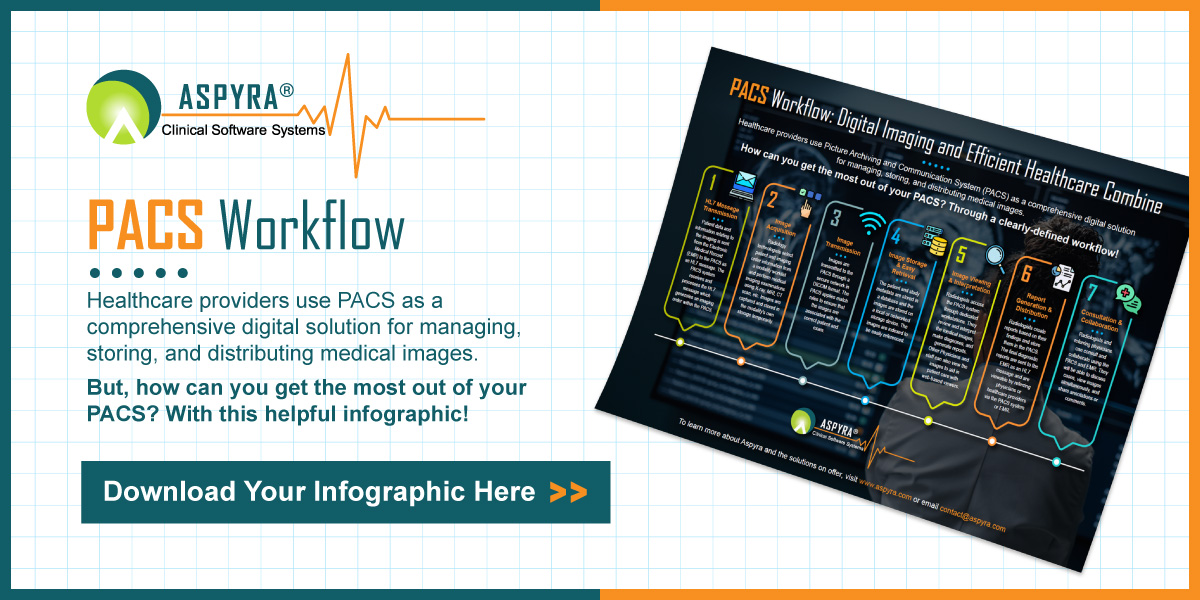How PACS Increases Productivity in Healthcare

In the landscape of healthcare, technological advancements continue to play a pivotal role in transforming the way patient data is managed and shared. A Picture Archiving and Communication System (PACS) stands out as a prime example, revolutionizing medical imaging as it increases productivity in healthcare facilities worldwide. In this blog post, we will explore the intricacies of PACS—examining what it is and the various ways in which it boosts productivity within the healthcare sector.
What is PACS?
PACS is an integrated platform that stores, retrieves, and distributes medical images such as X-rays, CT scans, MRIs, and ultrasounds. It eliminates the need for traditional film-based imaging, allowing healthcare providers to view and interpret images digitally, leading to faster and more efficient diagnoses.
How PACS Increases Productivity in Healthcare
Streamlined Image Access and Sharing
PACS eliminates the time-consuming and error-prone process of physically transporting and storing film-based images. Healthcare professionals can access patient images from any location with internet access, enabling quick retrieval and immediate collaboration with colleagues. Sharing images expedites decision-making, consultation, and treatment planning, ultimately enhancing productivity.
Efficient Workflow Management
PACS provides a wide range of tools that effectively handle and optimize the imaging workflow. By automating administrative tasks like image acquisition and report generation, this system minimizes manual intervention and reduces errors. Consequently, healthcare professionals can allocate their time and resources more efficiently, streamlining their operations.
Integration with Electronic Health Records (EHR)
Integration between PACS and EHR systems ensures a seamless exchange of patient data. Healthcare providers can access images directly from the patient’s electronic health record, eliminating the need to switch between systems. This integration promotes holistic patient care, as medical professionals can access a patient’s complete medical history, including relevant images, at their fingertips.
Advanced Visualization and Analysis
PACS offers a range of advanced image visualization and analysis tools, enabling healthcare professionals to enhance the interpretation and diagnosis process. Features such as zoom, magnification, and image enhancement improve the visibility of crucial details, contributing to more accurate diagnoses. PACS can also layout the images of the primary and related exams. Moreover, PACS supports multi-planar reconstruction and other specialized image processing techniques, empowering radiologists and other specialists to extract valuable insights quickly. This results in expedited reporting, reduced repeat examinations, and improved patient outcomes.
Remote Access
Healthcare professionals can securely view and analyze images from any location, facilitating remote consultations and second opinions. This capability is particularly advantageous for rural areas or regions with limited access to specialized healthcare services. By reducing the need for physical travel and enabling remote collaboration, PACS significantly enhances productivity by optimizing resource allocation and reducing wait times.
Unleashing the Potential of PACS: The Future of Productivity in Healthcare
As technology continues to evolve, PACS will continue to advance, unlocking new possibilities and further transforming the way healthcare professionals manage and share patient data. With its numerous benefits and ongoing innovations, PACS is poised to shape the future of healthcare productivity in remarkable ways.
To learn more about PACS and its transformative impact on healthcare, reach out to Aspyra. As a leading provider of PACS solutions, Aspyra offers in-depth expertise to any healthcare facility.

